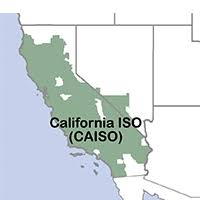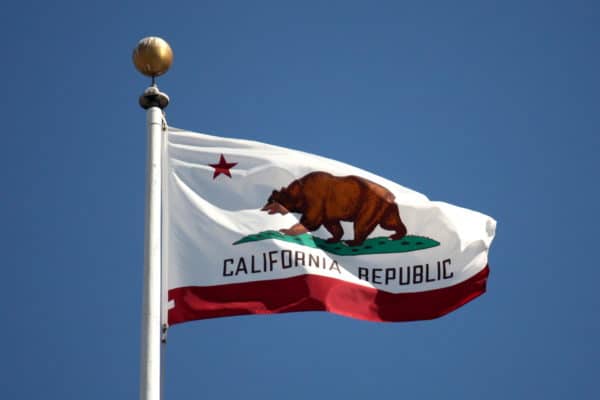The California Independent System Operator (CAISO) said it expects electricity supply conditions this summer to be “in better shape than last year,” even as the power grid remains “susceptible to stress during extreme heat waves” that extend across the West, according to the ISO’s summer outlook.
The assessment projects the energy grid will have more capacity to meet demand in 2021 than it did in 2020. The ISO said this is a “critical element for averting rotating power outages,” such as those that occurred last August.
CAISO said the additional capacity is the result of state-ordered resource procurement. And a series of market redesigns and policy changes in the CAISO’s system since September 2020, along with what it said are improved communication and coordination protocols, has improved overall preparedness for this summer.

However, if a repeat of last summer’s heat events occurs, then the CAISO warned that imported energy from other states “could be limited.” It said the power grid could be “at risk of supply shortages and possible emergency conditions.”
This year’s outlook includes roughly 2,000 MW of additional resources coming online to serve CAISO net peak demand compared to this time last year. Resources include battery storage that CAISO said is expected to absorb excess renewable energy in the middle of the day, and inject it back into the grid after sunset when solar generation goes offline.
The state and CAISO are continuing to pursue an additional 1,000 MW to 1,500 MW of new resources to the system by summer.
Low snowpack
CAISO said that the state’s hydroelectric energy supplies will also be “significantly lower” than normal, with the state experiencing a second consecutive year of below-normal precipitation. Snowpack water content peaked at 60% of normal, similar to last year’s conditions, and reservoir levels have dropped to 70% of normal.

Image: Wikimedia Commons
CAISO said that conservation will be “pivotal to cushioning the grid when it needs it the most,” typically during hot summer evenings when demand remains high for air conditioning use and solar production is going offline. In coordination with the California Public Utilities Commission (CPUC), the CAISO will issue voluntary calls to consumers to cut down on electricity use from 4 – 9 p.m. when system conditions are forecast to be tight.
In March, the CPUC directed investor-owned utilities to procure additional resources. In particular, it ordered utilities to procure a minimum of an additional 2.5% of resources for all customers in their territories, representing an effective increase of the planning reserve margin from the existing 15% to 17.5%.
Regulators also ordered the utilities to pilot an Emergency Load Reduction Program to give demand response providers and other companies providing new services to manage electricity demand, the ability to demonstrate how their innovative programs can support the grid.
For its part, the ISO in March implemented a number of market reforms that are designed to:
- Strengthen compensation incentives for hourly imports to deliver during tight supply conditions;
- Provide more accurate price signals reflective of tight supply conditions and dispatch of emergency demand response;
- Establish an interim minimum state of charge requirement to ensure resource adequacy storage resources have sufficient energy available on the tightest supply days;
- Ensure sufficient capacity is procured in advance of planned outages;
- Streamline the grid interconnection process to expedite new supply; and,
- Modify export, load, and wheeling priorities.
This content is protected by copyright and may not be reused. If you want to cooperate with us and would like to reuse some of our content, please contact: editors@pv-magazine.com.









By submitting this form you agree to pv magazine using your data for the purposes of publishing your comment.
Your personal data will only be disclosed or otherwise transmitted to third parties for the purposes of spam filtering or if this is necessary for technical maintenance of the website. Any other transfer to third parties will not take place unless this is justified on the basis of applicable data protection regulations or if pv magazine is legally obliged to do so.
You may revoke this consent at any time with effect for the future, in which case your personal data will be deleted immediately. Otherwise, your data will be deleted if pv magazine has processed your request or the purpose of data storage is fulfilled.
Further information on data privacy can be found in our Data Protection Policy.